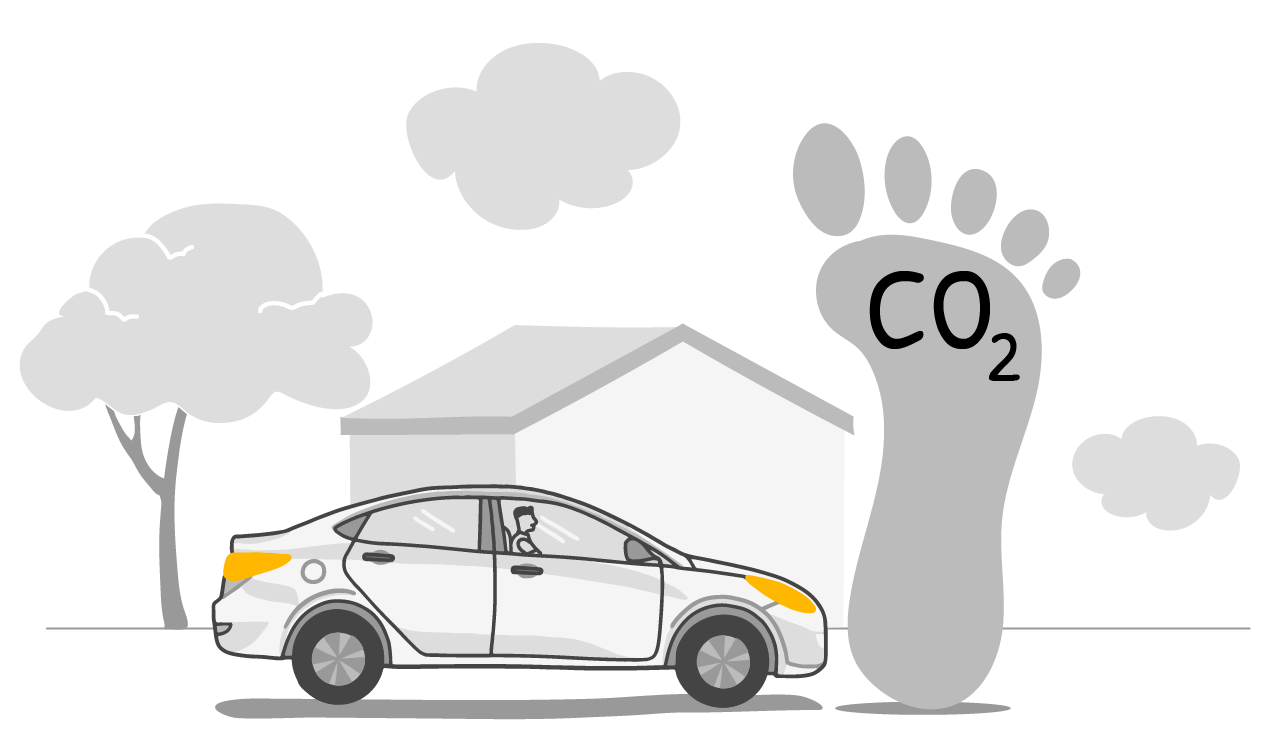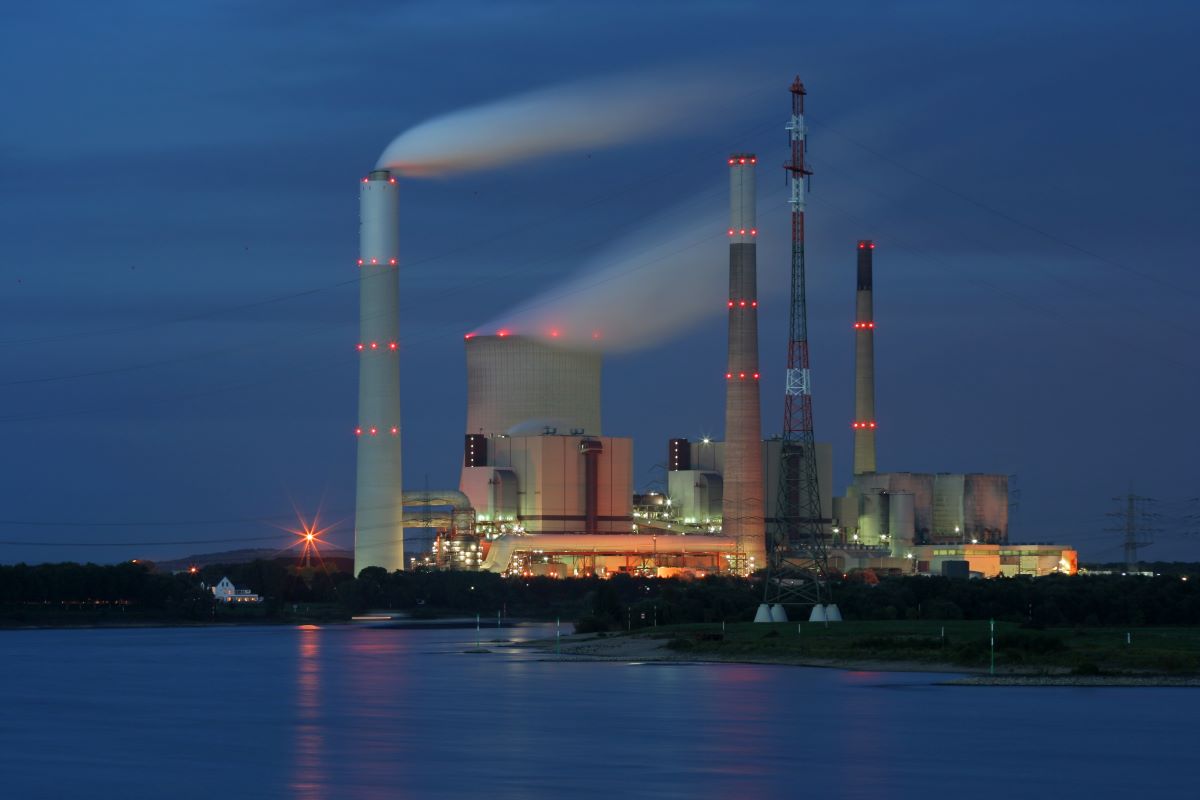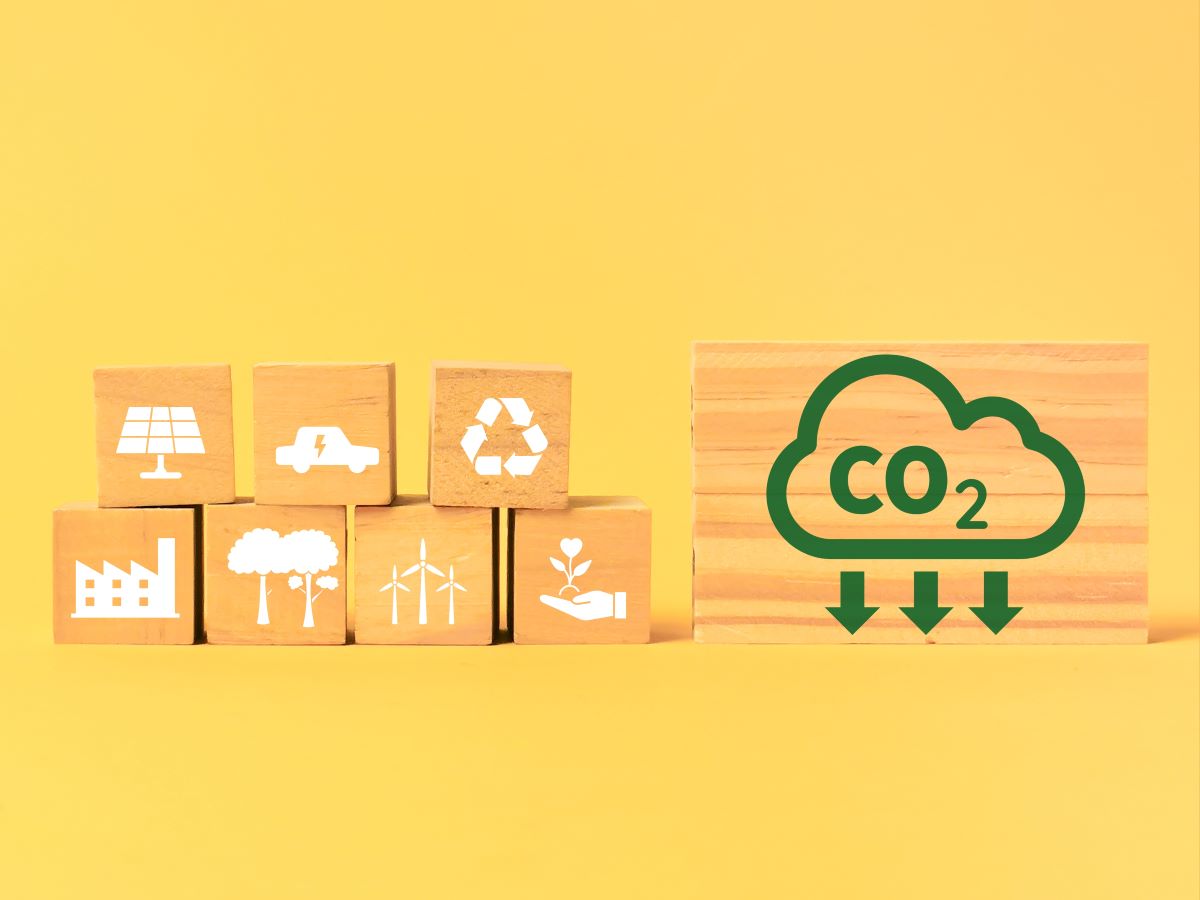7 Crore+ Customers

Affordable Premium

7 Crore+ Customers

Affordable Premium



Carbon is a critical gas that helps sustain life. In everything we do or consume, some amount of carbon is released into the atmosphere. When in excessive amounts, it could lead to Global Warming. So, to help regulate and calculate the amount of carbon being emitted, we use Carbon Footprint.
A footprint is a mark left behind after an activity or event. Just like how you leave your footprint behind every place you've walked; every product, business, country, entity and you (the individual) leave carbon footprints behind every action or activity.
In this article, we will explore everything you need to know about carbon footprint along with some examples.
By definition, “A carbon footprint is a measure of the impact your activities have on the amount of carbon dioxide (CO2) produced through the burning of fossil fuels and is expressed as a weight of CO2 emissions produced in tonnes.”
Carbon footprint is the total greenhouse gases emitted for a product to be produced or for an activity to occur. The Earth uses a lot of carbon in the extraction, production, manufacturing, transportation and usage of goods and services. This carbon emission forms a part of the greenhouse gases.
For an individual, every activity contributes to their carbon footprint. Right from brushing your teeth to travelling to work or using your phone or laptop - there is a certain degree of carbon being released into the atmosphere. This is inevitable but controllable.
Let's understand this concept better with the help of some examples.
Carbon emissions start from the production and manufacturing of the car. The energy required to develop, assemble and transport the car all emits carbon into the atmosphere as well. Then, once you start using the vehicle, there are emissions through the exhaust, which flow directly into the atmosphere.
The global fashion industry releases an estimated 1.2 billion tonnes (1,200 billion kgs) of carbon dioxide annually.
This number will only increase as our consumption increases. Carbon emissions occur right from the production of the fabric to the transportation of the final product to your home.
That is, 800g of CO2eq.
The calculation starts from the growth and production of the bread (and every individual ingredient used in the sandwich) to their consumption.
In 2022, the CO2 eq. of the biggest oil company in the world was 137.2 million metric tonnes.
On a much larger scale, the carbon footprint of an oil company, for example, is a hundred times this amount.

Most carbon emissions come from burning fossil fuels for basic human needs such as electricity, transportation, etc. Other sources of carbon emissions are:
In developed countries, transportation and household energy use make up the largest component of an individual’s carbon footprint. Such emissions are included as part of an individual’s 'primary' carbon footprint, representing the emissions over which an individual has direct control.
The remainder of an individual’s carbon footprint is called the 'secondary' carbon footprint, representing carbon emissions associated with the consumption of goods and services.
Identifying the sources of carbon footprint helps us determine the causes for the same. Some of the major causes of carbon footprint include:
Carbon emissions are dangerous on a global and personal level. When in high measures, they can cause severe negative effects to the environment, which in turn affect human health and the economy.
One of the most serious repercussions of high carbon emissions in the atmosphere is Global Warming and Climate Change. This leads to health issues related to respiratory and cardiovascular functioning.
Carbon dioxide is a contributing greenhouse gas. That, and the average global temperature are directly proportional and has seen a steady increase over the past decade. The major cause for this is human activity.
We are part of an ecosystem where everything is interconnected. Each of our actions enable a cause-effect chain that ultimately impacts the planet and our future on it. High levels of carbon emissions threaten the livelihood of our planet, animals, humans, and ultimately, life as we know it.
Many activities we engage in produce a carbon footprint. What we eat, the vehicles we drive, the number of individuals in a household, the electronics we use, etc., all contribute to our carbon footprint.
All in all, there are six major factors divided into three groups that drive CO2 emissions. They are:
Globally, high carbon emissions in the atmosphere lead to rising temperatures as they contribute to greenhouse gases. This leads to:
These issues negatively affect food production (crop and animal-based), which also in turn affect the economy.
Carbon emissions also affect us individually by causing health issues. They give rise to diseases and illnesses such as:
Calculating your carbon footprint is easy. You can do this by downloading the Digit App and navigating to our Carbon Footprint Calculator.
A Carbon Footprint Calculator helps to understand your own carbon footprint, the major causes and suggests methods and tips you can adopt to lower it. Through our Carbon Footprint calculator, we analyse three important parameters:
What type of house you live in?
What is the annual distance you travel?
What type of diet you follow?
After you've entered all your information, you can view your carbon footprint. You can also see your carbon offset (ie; the number of trees it takes to offset your annual footprint) and tips on how to decrease your carbon footprint.
Read more about our article on How is Carbon Footprint Calculated?

Through improving energy efficiency, changing lifestyles and purchasing habits, you can help reduce your carbon footprint.
As much as individual change is essential, one must realise that the real ecological problems are systematic at a corporate level. Big companies use excessive amounts of fossil fuels to run, which inherently leads to high levels of carbon emissions into the atmosphere. And we are directly or indirectly a part of these big companies as customers.
By making active consumer choices (like better insulating your home, using renewable sources of energy, etc.), you can help create demand for a brighter and sustainable future. Because individual and systemic change are two sides of the same coin.